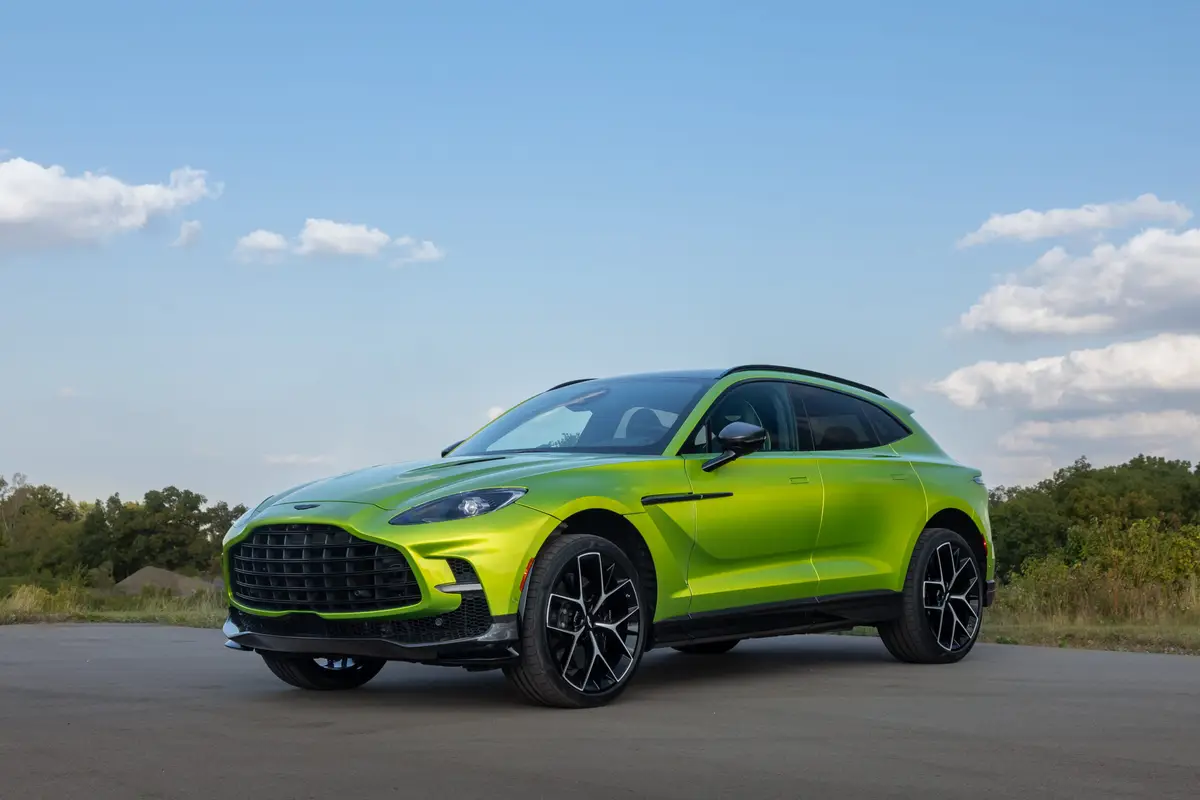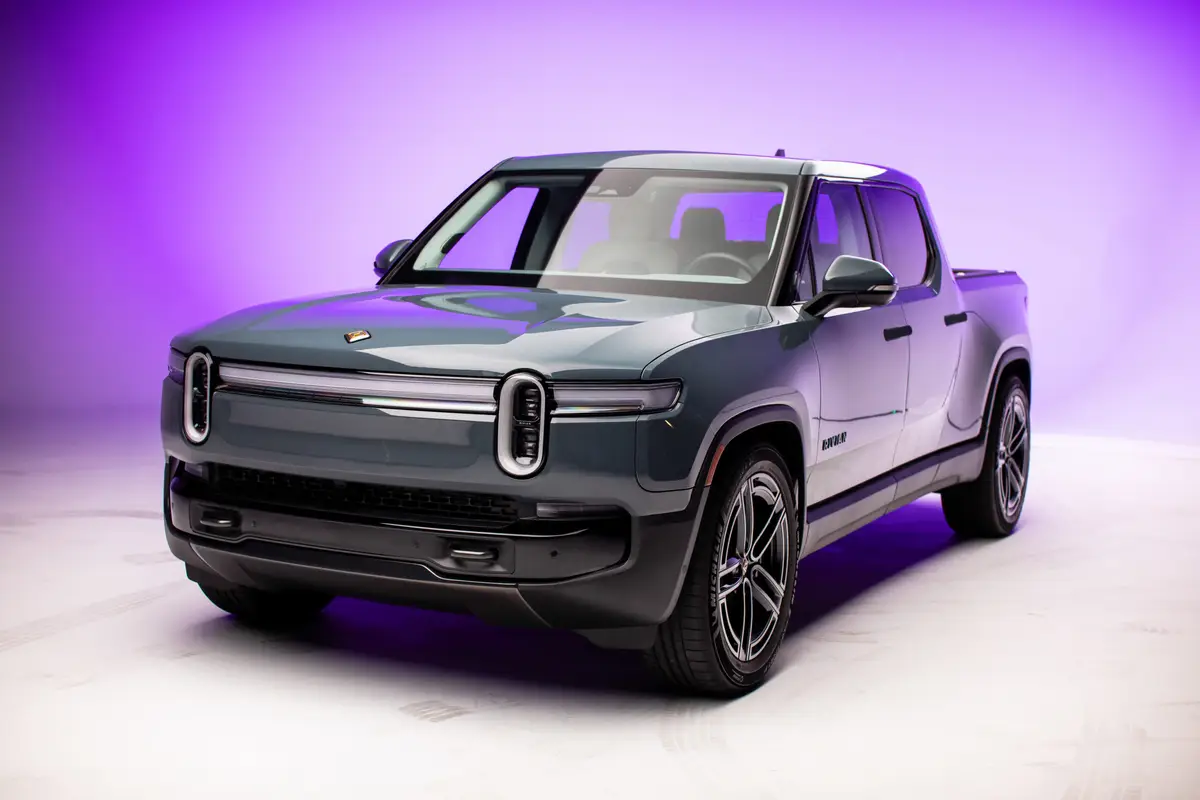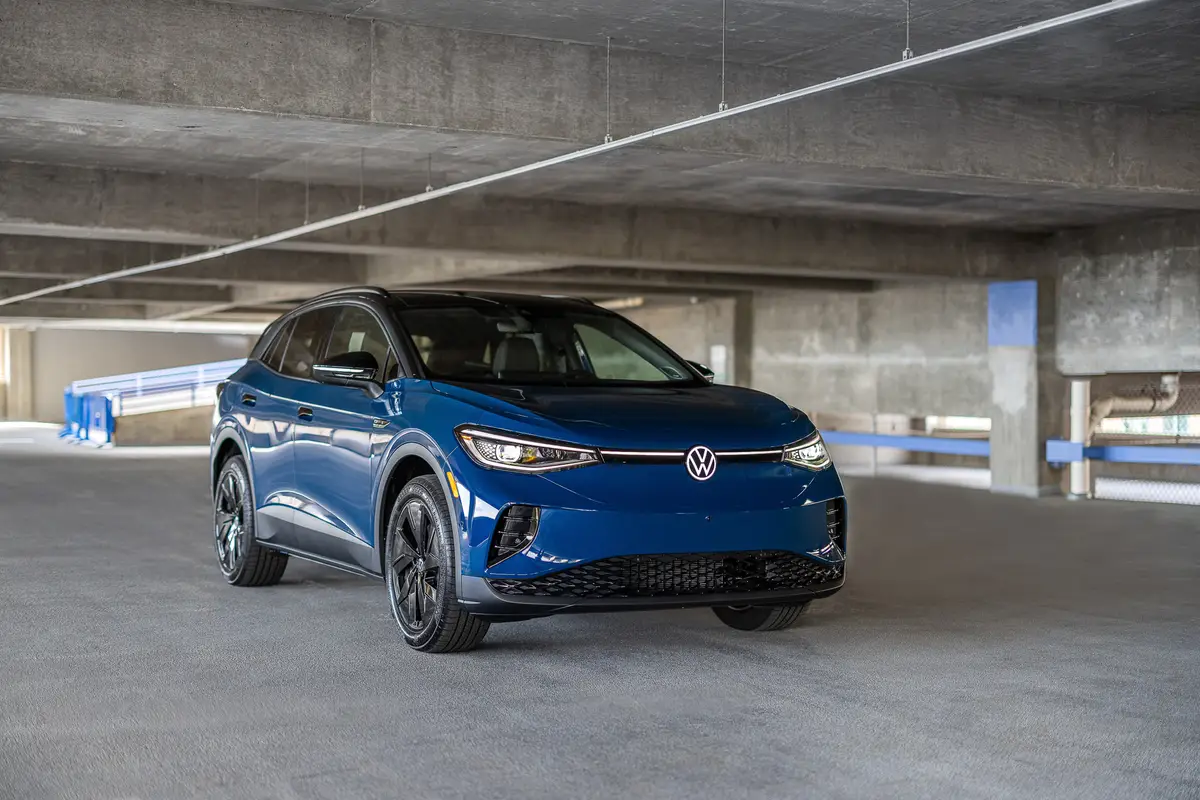washingtonpost.com's view
I listened but heard nothing. The muses were not amused. I understood their silence. It was that kind of car — the 2008 Mercury Sable Premier all-wheel-drive sedan.
It was a big automobile, ministerial in demeanor, fitting for formal ceremonies. Such cars do not inspire. But neither do they disappoint.
The Sable and similar liveries are comfort zones, automotive wombs designed to shield the transported from the realities of transportation. Imperfect roads become gentle undulations in their cabins. But tight corners become a challenge.
With its long wheelbase of nearly 113 inches, for example, the Sable doesn’t take corners. It tacks around them in the manner of a boat changing course.
To some, this might seem criticism. But it’s simply a statement of things as they are. To understand, one must be mindful of the car’s history.
Today’s Sable isn’t the car it was at the end of a 20-year run in 2006, when Ford’s management, beset by slumping sales, tried to win Wall Street’s favor by cutting costs instead of improving products. The company dumped the mid-size Sable and Taurus in the process, eliminating what had once been its strongest-selling mainstream automobiles.
It was a bad idea, belatedly and deservedly vetoed by a new Ford management that saw the folly of sacrificing brand equity. For that reason, the Sable and Taurus were brought back for 2008. The Taurus was reworked on the full-size Ford 500 sedan platform. The Sable was remodeled on the body that once belonged to the Mercury Montego.
Both the new Sable and Taurus are big in the manner of classic full-size American cars. But they don’t come with the rear-wheel-drive platforms and huge V-8 engines once common to that genre. Front-wheel drive is standard for the new Sable and Taurus. All-wheel drive is optional. Driving force comes from Ford’s 3.5-liter, 260-horsepower Duratec V-6.
Chassis work is typical for a modern, full-size sedan engineered primarily for passenger comfort. There is a four-wheel independent suspension with a stabilizer bar and MacPherson struts up front. A multi-link setup is in the rear. Putting it all together renders a big, cushy, reasonably powerful car that is great for ferrying families and potentates on trips long or short, solemn or joyful.
The Sable Premier has other virtues, such as the Microsoft-based Ford Sync infotainment system, which can electronically turn the car’s cabin into a mobile communications center or a studio.
For drivers and passengers who measure a car’s value by its ability to function as a rolling fortress, the Sable Premier — as is the case with all 2008 Sable and Taurus cars — has five-star frontal and side crash-protection ratings from the National Highway Traffic Safety Administration.
The five-star rating is NHTSA’s top mark. But it is, at best, a relative mark of safety applicable only to collisions involving vehicles of similar mass and geometry. With that important stipulation, the rating means drivers and passengers in five-star cars generally are less likely to be seriously injured or killed in crashes than drivers or passengers in cars with lower ratings.
Still, there is little here to get the muses going. No one will write a song about the Sable Premier with the five-star rating, and no one will sing it if written.
Again, it’s not that kind of automobile. It is instead the car that brought us to church, took us to camp, and carried us to schools elementary, middle and high. It is the car that, as collegians, we swore we’d never own or drive, but turned to when our egos succumbed to diapers, spouses, bosses and mortgages. It is the motorized symbol of the separate peace we made with adulthood.
As such, it isn’t something we are likely to brag about. But, considering its utility and safety, it very well might be the car that many of us need.
Latest news



